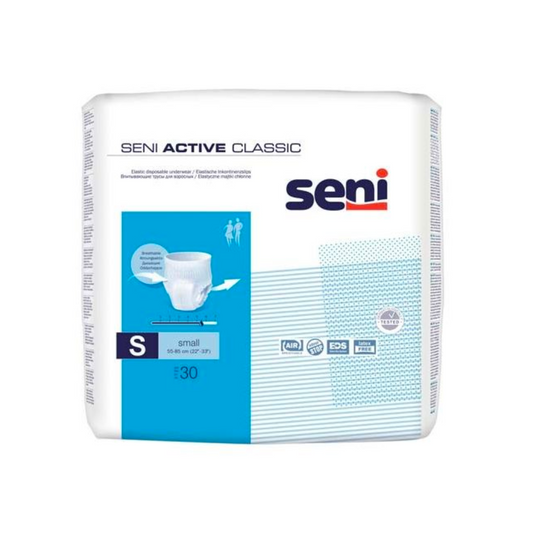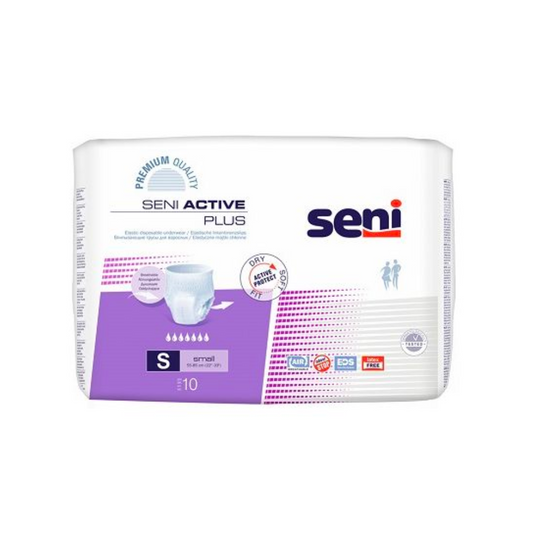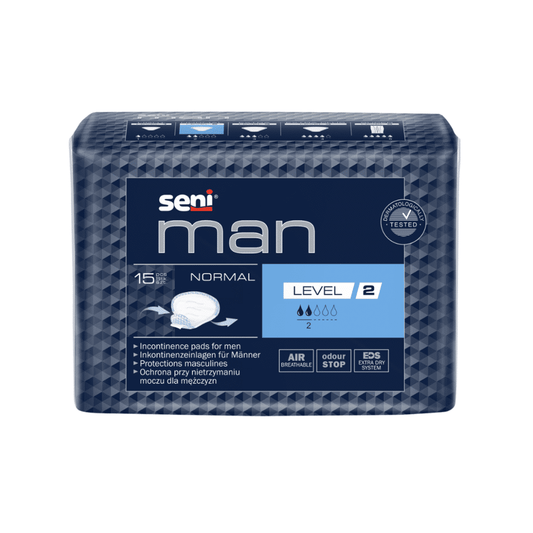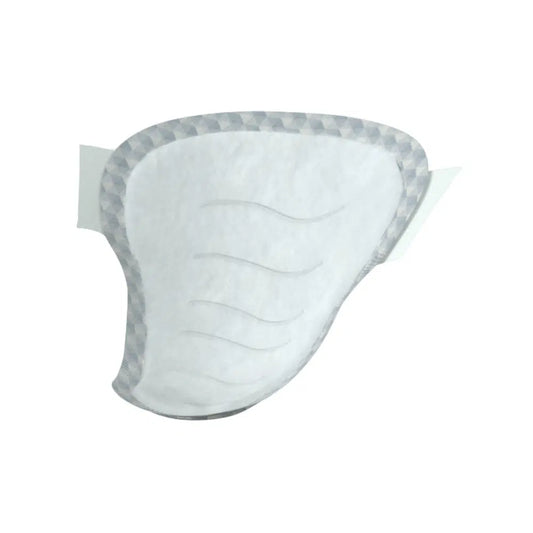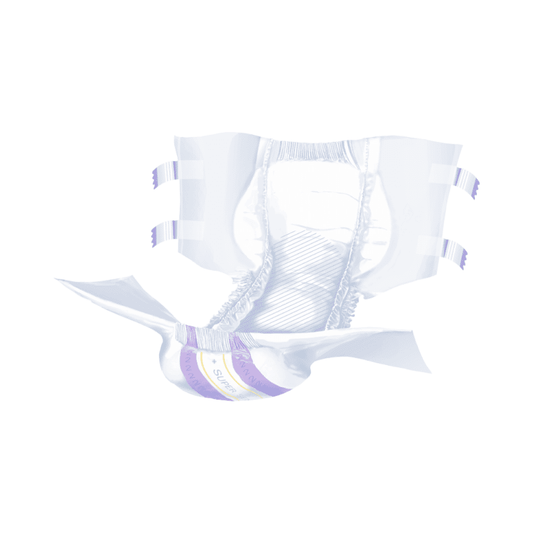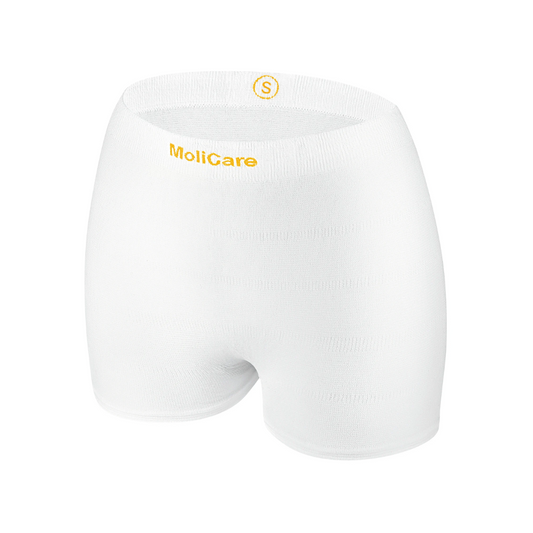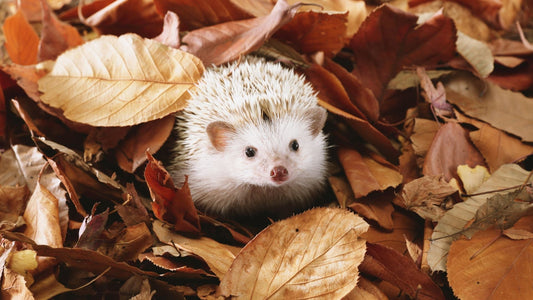
From porcini mushrooms to chanterelles: the best tips for collecting mushrooms in Germany
The mushroom season is a real festival for nature lovers and gourmets - it not only takes us to the deepest forests, but also to the ancient tradition of collecting. Whether in the dense forests of the Eifel, the hills of the Moselle or the deep valleys of the Black Forest - collect mushrooms is an exciting adventure in which knowledge and joy of discovery are required. But be careful: not every mushroom that looks good is also edible. Are you ready to immerse yourself in the fascinating world of mushrooms and find your next culinary treasure yourself?

- Mushrooms are neither plants nor animals: they belong to their own kingdom, the Fungi, and are genetically more related to animals than with plants!
- A huge organism: the largest living fungus in the world - a Hallimasch - extends over an area of 965 hectares in Oregon, USA. That makes him the largest living organism on earth!
- Poison mushrooms can hypnotize: Certain mushrooms such as fly fungus (Amanita Muscaria) have substances that cause hallucinogenic effects and have been used for rituals in the past.
- The fungus with "Internet": Myzelnetze communicate underground and even forward nutrients and information on plants - an "Internet of the forest" that combines ecosystems.
Why is the mushroom season in Germany something special?
Germany is a paradise for mushroom collectors. From late summer to autumn, the forests lure with an impressive abundance of species and a fresh fragrance to moss and pine needles. The mushroom season not only offers a special connection to nature, but also the chance of healthy, regional food. Mushroom collecting has a long tradition in Germany. From use in the kitchen to customs and legends about mystical forest spirits: mushrooms are deeply anchored in German culture. In addition, some species can only be collected during short time windows - this makes every mushroom season a small adventure.
When is the right time to collect mushrooms?
In Germany, the mushroom season usually begins in late summer, around mid -August, and lasts until the end of October or even November. The exact periods depend heavily on the weather conditions. In particular, moist and warm days offer ideal growth conditions for fungi.
What mushrooms are the best known?
There are countless types of mushrooms, but only a few are among the absolute favorites of the mushroom collectors. Here is an overview of the best mushrooms in German forests and their most important features:

Collecting mushrooms and moon phases: Is there a connection?
Many mushroom collectors are convinced that Moon phases influence the growth of mushrooms. Traditional collectors swear by the fact that the conditions for collecting are better with certain phases of moon. Here are the most important assumptions:
-
Increasing moon: In this phase, fungi should grow particularly quickly and in larger quantities. It is believed that they are plump and longer. Many believe that the "build -up" of the increasing moon supports growth.
-
Waning moon: Here it is believed that mushrooms spoil faster and that growth is slowed down. Therefore, many collectors do not prefer the decreasing moon to collect mushrooms.
Although there is no scientific evidence of the influence of the moon phases on the moon growth, some mushroom lovers swear by this method and follow them - as a kind of proven "popular belief".

Why is the daily amount limited to 1kg?
In Germany the amount of mushrooms collected is on 1 kg per person and day limited. This rule serves several purposes:
-
Protection of nature and stocks: Mushrooms play an important role in the ecosystem. They break up organic material and provide nutrients for plants. The limitation protects the mushroom stocks and enables future generations to collect mushrooms.
-
Avoiding commercial exploitation: The rule prevents large quantities for commercial purposes. This ensures that private collectors and nature lovers continue to find enough mushrooms.
In the event of violations of this rule, fines can be imposed, especially in heavily frequented regions and nature reserves.
When is the right weather to collect mushrooms?
Need mushrooms Moisture and mild temperatures For optimal growth. The perfect weather is therefore:
-
After rain: Especially after several days of light rain and subsequent warmer days, mushrooms often sprout plenty. The rain provides the necessary moisture, and the warmth afterwards promotes growth.
-
Mild temperatures: Temperatures between 10 and 20 degrees Celsius are ideal. Too hot or too cold temperatures inhibit the growth of many mushroom types.
-
High humidity: Mushrooms grow particularly well when the humidity is high - which is often the case in the morning. Collecting early in the morning is therefore particularly promising.
What equipment do I need for the mushroom season?
Well thought -out equipment makes mushroom collecting more secure and more effective:
-
Basket: A basket is ideal because mushrooms can breathe in it and spoil less quickly. Plastic bags should be avoided because the mushrooms sweat in it and spoil faster.
-
Mushroom knife: Special mushroom knives often have a brush to clean the mushrooms. A sharp knife is useful to gently harvest the mushrooms without damaging the myzel.
-
Determination book or app: A mushroom leader helps with identification and offers information on the distinction between edible and toxic species.
-
Gloves: Especially with uncertain finds, gloves protect your hands from contact with possibly poisonous mushrooms. Particularly Disposable Make sure that they are rejected after each use and the germ formation that sticks to the gloves is prevented. Especially with inedible and toxic mushrooms.
-
Waterproof clothing and solid shoes: The area in the forest can be uneven and wet, so good footwear and weatherproof clothing are advisable.
- Kitchen scale: For further processing at home, is one Scales Recommended, especially when preparing spots.

Where do mushrooms grow? Which places are particularly suitable?
Forests
- Folk forests and coniferous forests: Most edible mushrooms in Germany, such as porcini mushrooms, chanterelles and chestnuts, grow in forests. Here you will find a lot of shade and moisture.
- Leaf forests (e.g. with oak, book): Particularly suitable for porcini mushrooms, chanterelles and red caps. These trees form a symbiosis with the mushrooms and offer a rich layer of humus.
- Needle forests (e.g. pine, spruce): Chestnuts and birch mushrooms can often be found in coniferous forests. The acidic milieu and the dense needle lacury promote the growth of many tubes.
Forests
- Forest lights are often wetter than densely forested surfaces and, thanks to the penetrating sunlight, offer optimal conditions for many fungi. The soil can be particularly well rooted and nutrient -rich.
Moore and wet areas
- Wetlands Like bogs or swampy forest sections, the growth of mushrooms such as birch mushrooms or other mycorrhiza mushrooms, which often live with trees like birches, are suitable. There is constant moisture here that mushrooms need.
Meadows and pastures
- On nutrient-rich meadows or pastures there are mushrooms such as the meadow mushroom or the skopfing. There is often a good humidity here, and the soil is often interspersed with organic nutrients from animals or dead grass.
Deadwood and tree stumps
- Wood -decaying mushrooms Like the sulfur poring or the oyster sides, grown on dead wood or tree stumps. These mushrooms decompose the wood and play an important role in the breakdown process. Dead or felled trees in particular offer an ideal breeding ground for such mushrooms.
Gardens and parks
- In public parks or even in your own garden you can also find edible mushrooms such as skip intigger or meadow mushrooms. Mushrooms often grow near trees or on unused, shady lawn areas.
Lime -containing soils
- Certain mushrooms, such as the Hallimasch, prefer calcareous soils that can often be found in certain forest areas. Lime-containing soils are nutritious and enable the growth of mycorrhiza mushrooms.
Other important conditions:
- moisture: Mushrooms thrive best after rainfall because they rely on high moisture. After a rain period, the likelihood of finding fresh mushrooms increases.
- temperature: The ideal temperature for mushroom growth is usually between 10 ° C and 20 ° C. For this reason, late summer and autumn is the main season for many mushrooms.
- Shadow: Mushrooms do not grow well in direct sunlight because they can lose their moisture quickly. Shady places such as forests or hedges offer the necessary protection.
Places that are less suitable:
- Dry, sunny places: Mushrooms require moisture, so heavily sunny and dry areas are unsuitable.
- Strongly frequented areas: No mushrooms should be collected near streets or industrial areas, as these often absorb pollutants from the surrounding area.
Security tips: This is how you collect mushrooms properly!
Collecting mushrooms is a wonderful hobby, but can be dangerous if you are not familiar with it. Germany has some cases of mushroom poisoning every year that are due to confusion. Here are a few tips to ensure that your mushroom experience remains a positive thing:
Basic rules of collecting
- Just collect what you can see: A guide or a mushroom determination book is indispensable for beginners.
- Avoid collecting in nature reserves: In Germany there are certain rules and restrictions in nature reserves.
- Beware of poisonous double -goers: Some poisonous mushrooms look astonishingly similar. The green tuber mushroom, for example, can easily be confused with the meadow mushroom.
How do you recognize toxic mushrooms?
- Lamella color and arrangement: Some toxic mushrooms, such as the green tuber mushroom, have white lamellae, while edible species such as the mushroom pink to brown slats have.
- Discoloration: Some mushrooms, such as the Satan Röhrling, turn bluish when cutting - a warning sign.
The role of mushroom advice centers
Mushroom advice centers offer support in many German cities and municipalities. Here collectors can have their finds checked free of charge or for a small fee. These consultations mainly help beginners to secure their mushrooms safely.

Sustainability when collecting mushrooms: responsible use of nature
Sustainability is also an important topic when collecting mushrooms. Here are a few rules for a gentle handling of nature:
Just collecting what you need
In order not to strain the ecosystem unnecessarily, only the mushrooms should be collected, which are actually used. Particularly rare species should stop better.
Do not damage Myzel
Mushrooms are the fruit bodies of an underground myzel, which represents the actual "living being". When collecting, it is important to carefully turn the mushrooms out so as not to damage the mycelium.
Keep the forest clean
Each collector should make sure not to leave the forest in the forest and take all its materials used back home.
Sources of knowledge for mushroom collectors: safely on the road in the forest
Collecting mushrooms is a popular hobby in Germany, but if you go into the world of mushrooms, you should be comprehensively informed. On the one hand, solid knowledge of edible and toxic mushrooms increases security, on the other hand, there are many myths and confusion that can often be dangerous in the mushroom rotated. Here are some options to find out comprehensive information:
Mushroom determination books and apps
There are numerous Mushroom determination books on the market, which are specially designed for beginners and advanced.
Mushroom apps are also on the rise and can often be used directly in the forest. They offer good support, but do not replace the expertise of an experienced collector.
Mushroom advice centers and mushroom associations
There are in many cities and municipalities Mushroom advice centers or Mushroom associationswhere collectors can find out more. Here, trained mycologists check the mushrooms collected and help to distinguish edible from poisonous species. Beginners in particular benefit from such advice because they can clear uncertainties.
In Germany, well -known mushroom associations and mycologists are:
- German Society for Mycology (DGFM): This society offers information, events and further training for mushroom collectors across Germany.
- Federal Association of Mushroom Experts (BPS): There is a list of tested mushroom experts who can help with poisoning or uncertainty.
On the mushrooms - ready - go!
The mushroom season in Germany offers a wonderful way to experience nature up close. However, if you immerse yourself in the world of mushrooms, you should find out in advance and know possible confusion. Through books, apps, advice centers and the exchange in forums, mushroom collectors can acquire valuable knowledge and safely enjoy the beauty and variety of the mushroom war.
